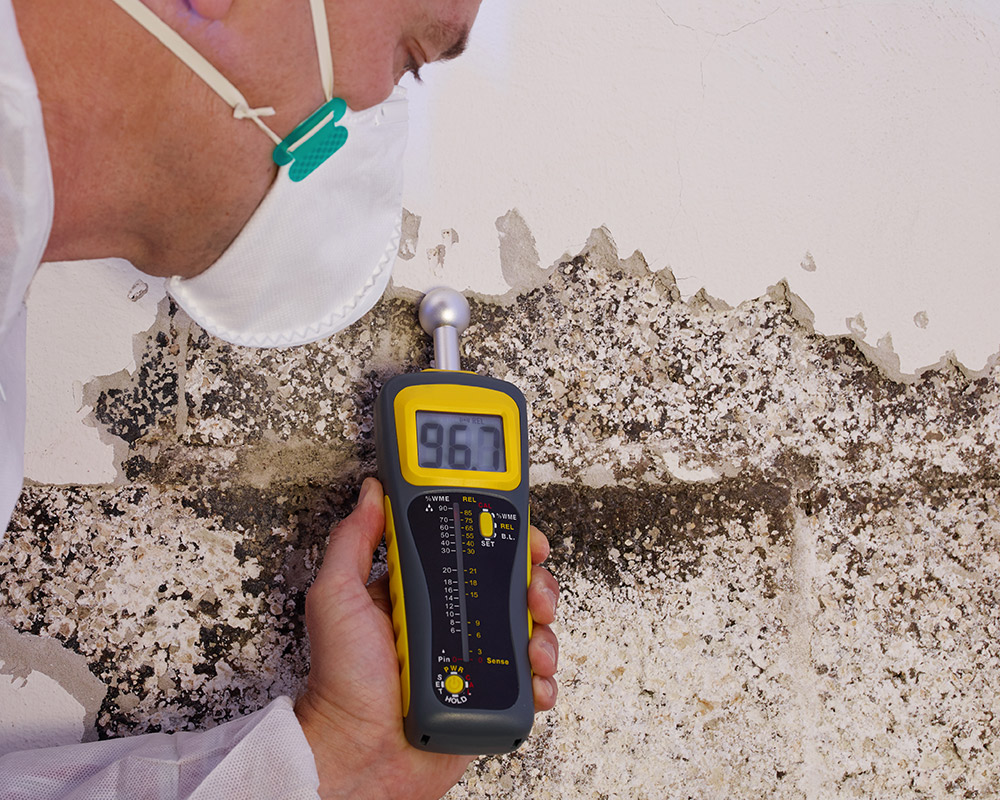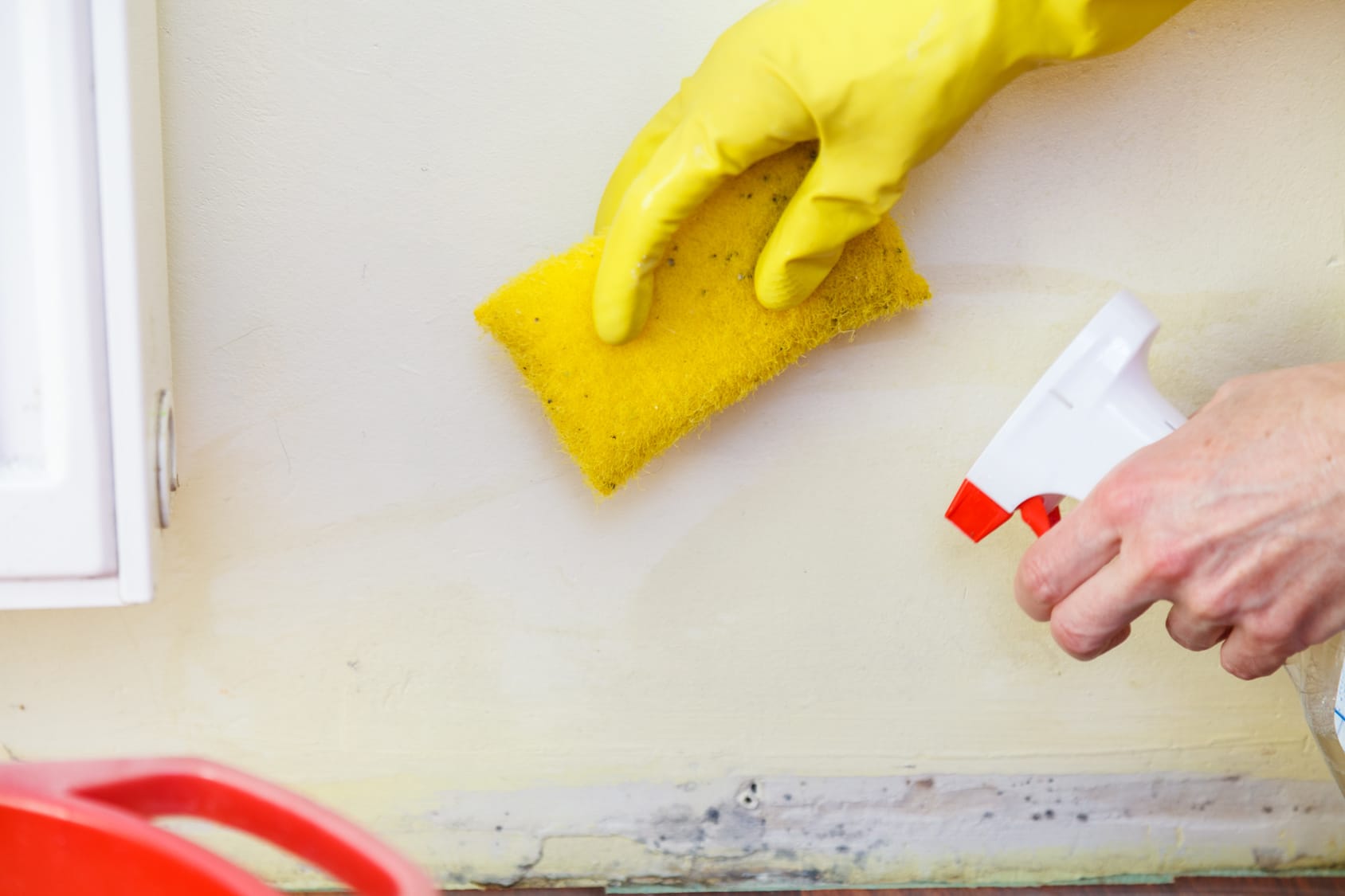Efficient Post Mold Remediation Cleaning Protocols
Efficient Post Mold Remediation Cleaning Protocols
Blog Article
Your Ultimate Overview to Blog Post Mold Removal Strategies
Navigating the world of post-mold removal strategies is a thorough process that requires interest to detail and an extensive understanding of the ins and outs included. In the aftermath of mold problem, recognizing just how to efficiently eradicate the mold and stop its reoccurrence is vital for preserving a healthy and balanced indoor setting. From selecting the ideal cleaning and disinfecting techniques to applying strategies for long-term mold and mildew prevention, each step in the removal trip plays an essential function in guaranteeing an effective result. As we begin on this exploration of post-mold removal methods, we will certainly reveal the crucial methods and ideal practices that can assist you restore your room to its pre-mold problem and secure it versus future mold dangers.
Comprehending Post-Mold Remediation Process
After completing the mold and mildew removal process, it is crucial to understand the post-mold removal strategies that are essential to ensure a efficient and extensive cleanup. Once the mold has actually been eliminated, the next action entails cleansing and sanitizing the affected locations to prevent any regrowth of mold.
Additionally, carrying out a final inspection post-remediation is crucial to guarantee that all mold has actually been successfully eradicated. This evaluation needs to entail a complete visual check as well as perhaps air sampling to confirm the absence of mold and mildew spores airborne. If the evaluation reveals any type of lingering mold, additional remediation may be necessary. Last but not least, informing owners on safety nets such as regulating wetness levels and without delay addressing any type of water leaks can assist keep a mold-free environment.
Reliable Cleansing and Disinfecting Methods

Protecting Against Future Mold Growth

Significance of Correct Ventilation
Proper air flow plays a crucial role in avoiding moisture accumulation, a vital consider mold growth within interior environments. Reliable ventilation systems assist eliminate excess moisture from the air, lowering the opportunities of mold and mildew spores finding the wetness they require to germinate and spread. Without ample air flow, interior areas can become a reproduction ground for mold and mildew, bring about possible wellness dangers and structural damage.
By guaranteeing appropriate air blood circulation, ventilation systems can additionally help in drying damp areas quicker after water damage or flooding cases, better discouraging mold and mildew growth. what to do after mold remediation. Precede like bathrooms, cooking areas, basements, and attic rooms where dampness degrees tend to be greater, mounting and preserving effective ventilation systems is important in stopping mold invasions

Tracking and Upkeep Tips
Offered the important duty that correct air flow plays in stopping mold and mildew development, it is necessary to develop reliable surveillance and upkeep pointers to make sure the ongoing functionality of ventilation systems. Monitoring humidity degrees within the home is likewise essential, as high moisture can add to mold and mildew development. By staying positive and alert to the condition of ventilation systems, image source property proprietors can properly minimize the risk of mold regrowth and keep a remove mold on caulk healthy and balanced indoor environment.
Final Thought
Finally, post-mold removal techniques are necessary for making certain a risk-free and tidy environment. Comprehending the process, implementing effective cleaning and disinfecting approaches, protecting against future mold and mildew development, preserving correct ventilation, and normal tracking are all critical action in the removal procedure. By following these standards, you can efficiently eliminate mold and stop its return, promoting a healthy living or functioning room for all owners.
In the after-effects of mold invasion, recognizing just how to efficiently eliminate the mold and prevent its reoccurrence is paramount for keeping a healthy interior atmosphere. Once the mold and mildew has actually been gotten rid of, the following step involves cleaning and disinfecting the impacted areas to prevent any regrowth of mold and mildew - Post Remediation verification. After eliminating visible mold and mildew development, it is crucial to cleanse all surface areas in the affected area to remove any type of remaining mold spores. To even more boost mold and mildew avoidance measures, it is necessary to resolve underlying problems that at first led to mold growth.Provided the critical duty that proper air flow plays in preventing mold development, it is crucial to develop efficient surveillance and maintenance tips to guarantee the continued functionality of air flow systems
Report this page